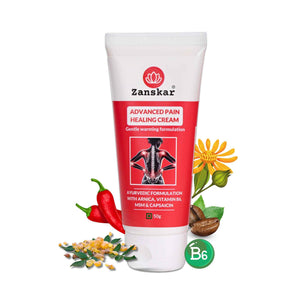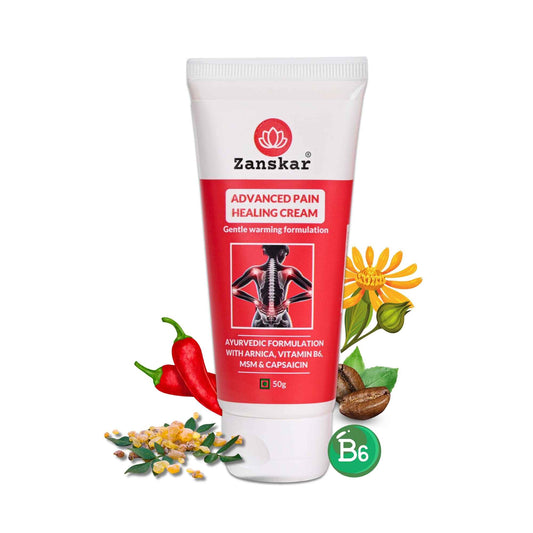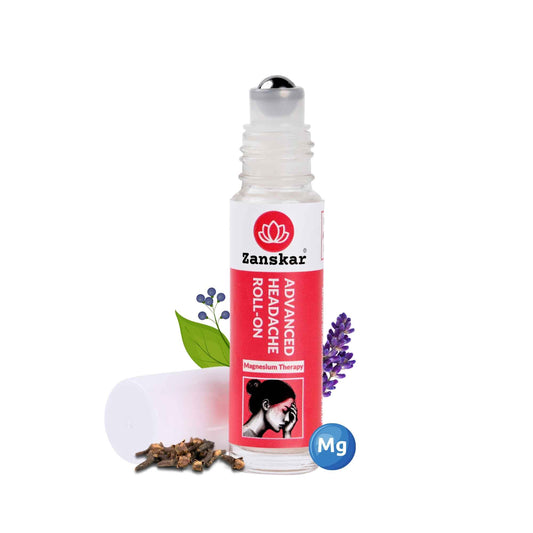
The Blood Sugar and Joint Pain Connection

You may know that blood glucose levels have a significant effect on your metabolic health, but have you ever wondered how these levels might be connected to joint pain?
It may surprise you to learn that blood sugar levels can have a big effect on the health of your joints. Research clearly indicates that diabetes affects the joints and can lead to OA.
What is the Relationship Between Joint Pain and Blood Sugar Levels?
High blood sugar can be linked to joint pain for a few reasons. Factors like increased inflammation, obesity, and diabetes, which are associated with chronically high blood sugar may all have an affect on your joints.
Blood Sugar and Inflammation
According to experts, high blood sugar levels can damage nerves and blood vessels throughout the body, including those in the spine and joints, leading to chronic pain and inflammation. Elevated glucose levels can cause an overproduction of reactive oxygen species (ROS) in your body. These ROS can cause inflammation and damage to your cell tissues.
Research has also shown that a diet high in refined carbohydrates like sugar may trigger the innate immune system and increase the production of pro-inflammatory cytokines, which cause inflammation. One 2016 study even identified drinking sugar-sweetened beverages as an individual risk factor in developing RA, an inflammatory disease that causes pain and swelling in the joints.
Another side effect of inflammation can lead to increased visceral fat around the abdomen, which has been shown to increase the production of pro-inflammatory cytokines in the body. Chronically high blood sugar, inflammation, and insulin resistance can all increase your risk of obesity.
Diabetes and Joint Pain
There is a strong link between diabetes and joint pain, and there are several factors that contribute to it. Individuals with diabetes are more likely to develop osteoporosis. In fact, conditions that are linked to joint pain such as OA, diabetes, and obesity share many of the same risk factors.
However, joint pain is not the only joint and bone condition associated with diabetes. Charcot joint, or neuropathic arthropathy, is a type of nerve damage that can cause your joints to deteriorate. It primarily affects the feet, and results in numbness, tingling, or loss of sensation in the affected joints.
High blood sugar can also lead to diabetic neuropathy, another common complication of diabetes that can result in nerve damage.
Tips and Tricks for Reducing Joint Pain
If you are experiencing joint pain, here are some tips to get relief. Keep in mind that these are tips to be used alongside any medications or therapies prescribed by your doctor.
1. Massage
Getting regular massages may be a great way to get relief from joint pain. A study found that moderate-pressure massage once a week for four weeks resulted in less pain, better grip strength, and a greater range of motion in their upper body joints.
2. Physical Therapy
For some people, a specialized treatment program designed by a physical therapist can be an effective solution. Joint pain has different causes, so it can often require unique types of treatment depending on the individual.
If your joint pain is chronic (not due to a recent injury), then it is crucial to start moving again under the support and supervision of a physical therapist. A physical therapist will work with you on a personalized treatment plan, evaluate your gait, recommend orthotics if needed, and work in line with your goals. You may try out physiotherapy exercise programs for joint pain on Zanskar mobile app.
3. Heat Therapy
According to a reputed journal, heat therapy can help relax stiff joints and reduce pain. When heat is applied to a sore joint, the blood vessels grow, allowing more blood, oxygen, and nutrients to be delivered to the injured tissue.
Increased blood circulation can help relax your joint. You may try Zanskar's bio-active joint pain relief products with warming effect for easy application and relief.
PS: Heat therapy is not recommended for use on acute injuries
4. Glucose Monitoring
Glucose regulation can play an important role for some individuals experiencing joint pain. Over time, high blood glucose levels can damage nerves, blood vessels, and tissues throughout the body, eventually causing chronic inflammation if left untreated. This damage can lead to a variety of musculoskeletal problems.
Paying attention to your blood sugar levels either via regular blood tests or by using a continuous glucose monitor can help you ensure that your blood sugar levels are within the ideal range.
Learn More About Zanskar Health
If you have joint or muscle pain that makes it hard to move, Zanskar offers the most advanced full stack pain relief solutions for you.
Now available to purchase, Zanskar® Advanced Pain Care Products have a unique formulation of natural bioactive ingredients and provide lasting relief from muscle and joint discomfort that you can feel good about. Get your fix before stocks run out - buy now.
You can also gain access to therapeutic exercises and stretches for your condition by downloading the Zanskar Health physiotherapy mobile app. Additionally, you’ll have a personal care team to guide, support, and tailor our program to you, including behavioral and nutritional coaching.
Download our mobile app here 👉 download and track your exercise streak.
Medical Review: This article is written by Dr Nishtha Mittal (Senior Health Content Editor at Zanskar Health) and has been medically reviewed by the medical team at Zanskar Health. This article and its contents are provided for educational and informational purposes only and do not constitute medical advice or professional services specific to you or your medical condition.







